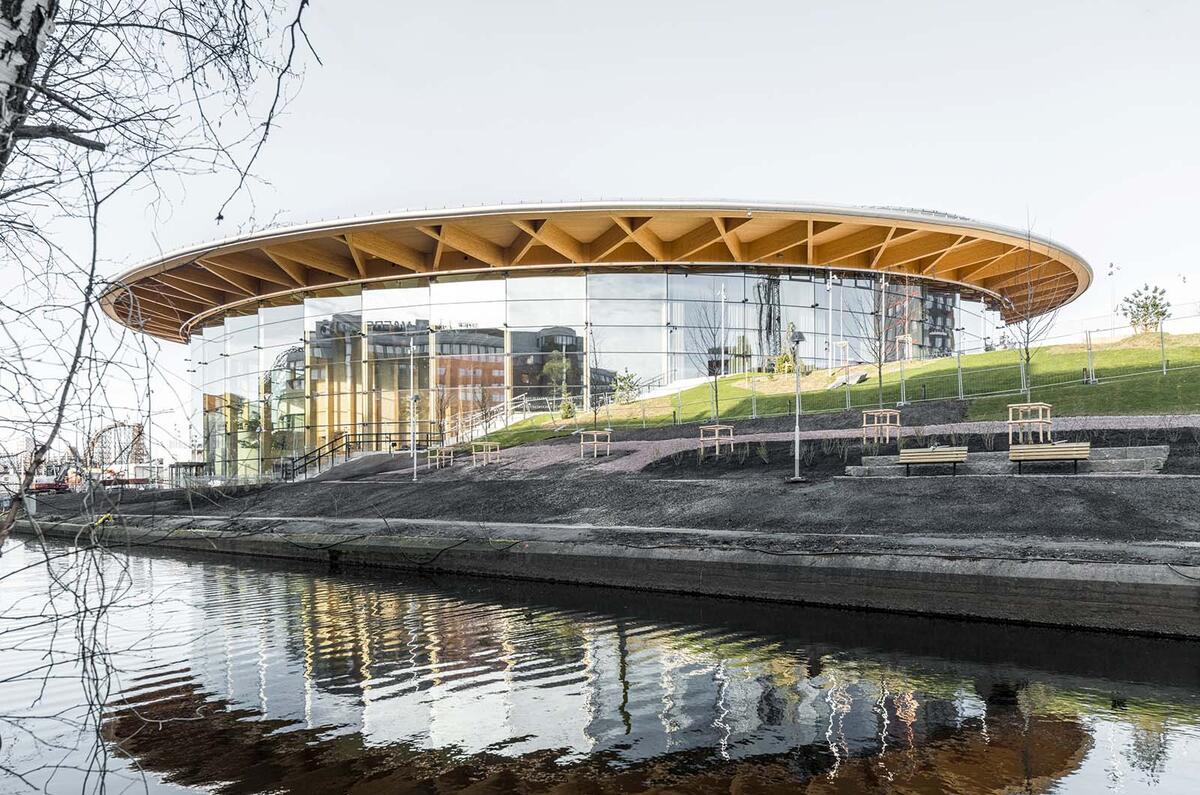When fighting to attract tourists, it never hurts to have a world. Birmingham has Cadbury World. Orlando, Florida, has Disney World. The New Forest has Peppa Pig World. Countless dismal retail parks across the country have World of Leather.
Until now, Gothenburg offered some lovely historical buildings and museums, Scandic scenery and even a century-old theme park. But it didn’t have a world. But now, visitors to the Swedish city can immerse themselves in a whole new tourist attraction. Welcome to the World of Volvo.
Gothenburg has been home to Volvo since 1927, but the main headquarters have been located around eight miles from the centre of the city in Torslanda.
That was where, until late last year, you would have found the Volvo Museum. This brought together vehicles from both the car company and the Volvo Group, which has been a separate entity since the Cars division was sold to Ford in 1999.
That site has now been closed, with key models from both firms’ heritage fleets rolled into a well-curated display at the heart of the facility. But World of Volvo isn’t just about looking back: the firm didn’t spend what are rumoured to be eye-wateringly vast sums on a new museum building.

Instead, it has been designed to be an ever-evolving attraction that looks to where both firms are heading in the future: a meeting place that offers plenty of omtanke – a space for care and consideration.
“Volvo has been in Gothenburg, but we’ve always lived in a different part of the city,” says World of Volvo boss Magnus Wrahme. “This is the first time we have moved into the city centre, to open up the brand to a much broader audience. The aim is to make sure that you can taste and feel and get a sense of where the brand is actually heading.”






















Join the debate
Add your comment
I miss Saab, a bit more fun than Volvos, admirable though they often are.